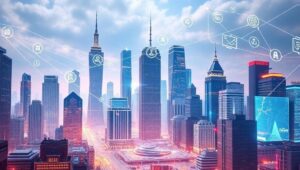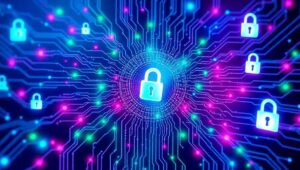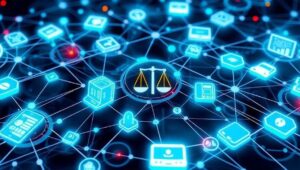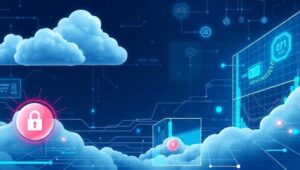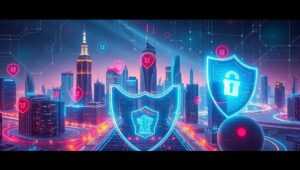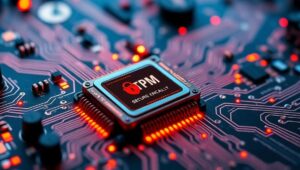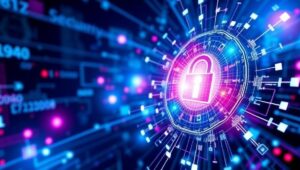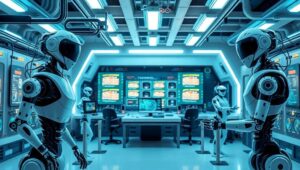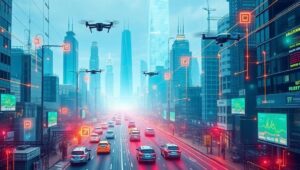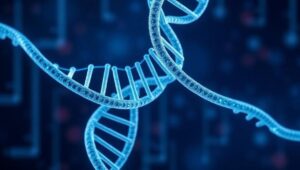Combating Deepfakes and Disinformation with Computing (2026 Tools)
Combating Deepfakes and Disinformation with Computing (2026 Tools) As we navigate the complexities of the digital age, the rise of deepfakes and disinformation poses a significant threat to societal trust and information integrity. By 2026, advancements in computing power and artificial intelligence will offer sophisticated tools to combat these challenges. This post explores these emerging technologies and strategies. Understanding the Threat Deepfakes are synthetic media in which a person in an existing image or video is replaced with someone else’s likeness. Disinformation, on the other hand, involves the deliberate spread of false or misleading information. Both can manipulate public opinion,
